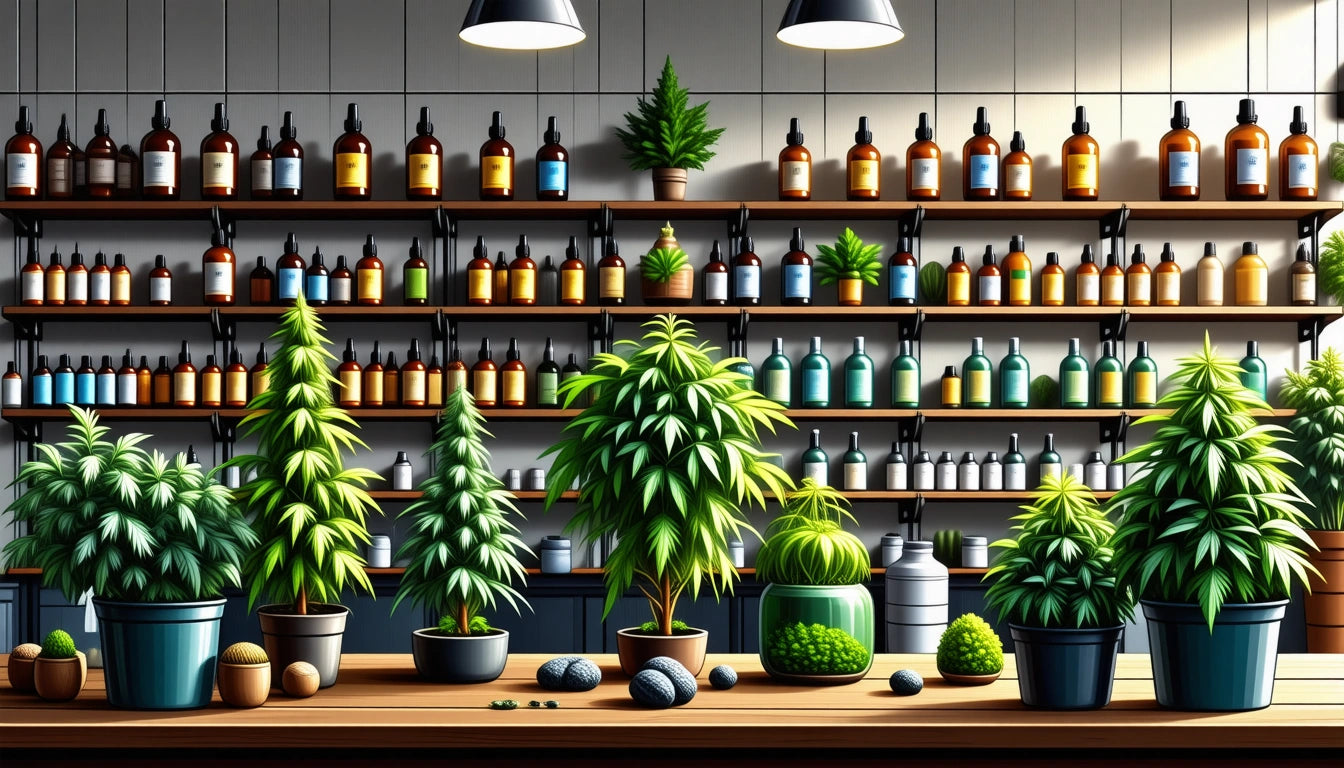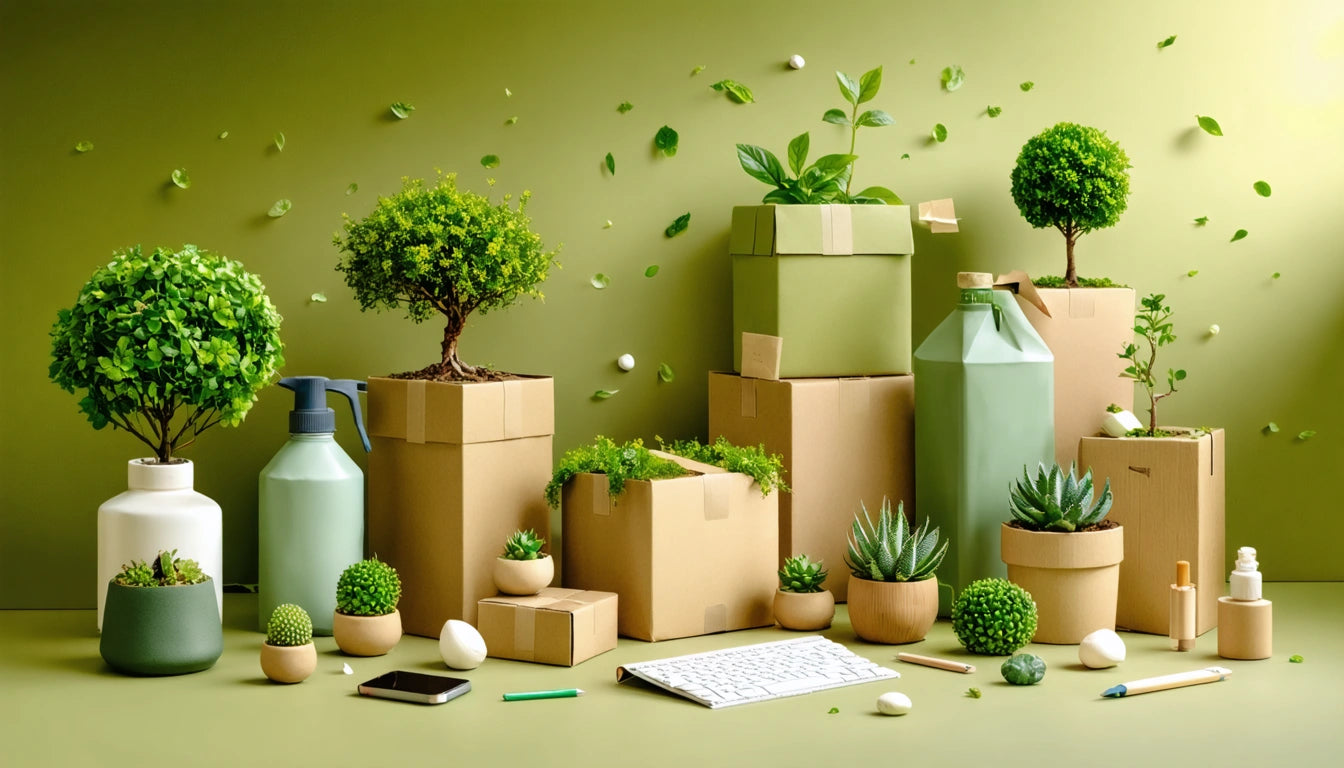Table of Contents
- Autoflower Basics: Why Temperature and Humidity Matter
- Seedling Stage: Creating the Perfect Environment
- Vegetative Stage: Balancing Growth Conditions
- Flowering Stage: Best Humidity for Flower Production
- Drying Process: Optimal Conditions for Preserving Quality
- Curing and Storage: Maintaining Terpene Profiles
- Climate Control Solutions for Consistent Results
Optimal Temperature and Humidity for Growing and Drying Autoflowers
Autoflowering cannabis varieties have revolutionized home cultivation with their speed and simplicity. However, these resilient plants still require specific environmental conditions to reach their full potential. Understanding the best temperature and humidity for autoflowers throughout their lifecycle is essential for maximizing yields and potency.
Autoflower Basics: Why Temperature and Humidity Matter
Autoflowers differ from photoperiod strains in their rapid growth cycle and automatic transition to flowering regardless of light schedule. This compressed timeline makes environmental control even more critical, as plants have less time to recover from stress.
According to cultivation experts, maintaining proper vapor pressure deficit (VPD) through temperature and humidity balance directly impacts transpiration rates, nutrient uptake, and overall plant health. Even minor environmental fluctuations can significantly affect final yields and cannabinoid profiles.
Seedling Stage: Creating the Perfect Environment
Temperature Requirements
For autoflower seedlings, the optimal temperature range is 70-75 °F (21-24 °C). This moderate warmth encourages strong root development without stressing young plants. Nighttime temperatures should not drop below 65 °F (18 °C) to prevent growth stunting.
Humidity Needs
Seedlings thrive in high humidity environments of 65-70%. This mimics their natural conditions and prevents excessive moisture loss through their developing leaf surfaces. As noted in our guide on optimal humidity levels, maintaining proper moisture at this stage sets the foundation for healthy development.
Vegetative Stage: Balancing Growth Conditions
The vegetative stage for autoflowers is brief but crucial, typically lasting just 2-3 weeks. During this period, plants establish their structure and prepare for flowering.
Temperature Range
The best temperature for autoflowers during vegetation is 70-78 °F (21-26 °C). This range promotes vigorous growth while preventing heat stress. A slight temperature drop of 5-8 °F during dark periods helps plants recover and strengthens their structure.
Humidity Settings
Gradually reduce humidity to 50-60% as plants transition through the vegetative stage. This encourages stronger stems and prepares plants for the lower humidity requirements during flowering. Proper air circulation becomes increasingly important at this stage to prevent mold issues.
Flowering Stage: Best Humidity for Flower Production
The flowering stage is where autoflowers develop their valuable buds and resin production. Environmental conditions during this phase directly impact potency, terpene profiles, and yield.
Temperature Control
The best temperature for autoflowers during flowering is 68-75 °F (20-24 °C). This slightly cooler range encourages resin production and preserves terpenes. Avoid temperatures above 80 °F (27 °C), which can degrade cannabinoids and reduce potency.
Best Humidity for Flower Stage
Humidity should be reduced to 40-50% during early flowering, then further lowered to 30-40% in late flowering. This lower humidity prevents bud rot and mold while encouraging resin production. As detailed in our temperature guide, maintaining these specific conditions maximizes trichome development.
When preparing for harvest, many growers use specialized moisture-resistant packaging solutions to maintain optimal humidity levels for their cured flower, preserving terpenes and potency until consumption.
Drying Process: Optimal Conditions for Preserving Quality
After harvest, proper drying conditions are essential for preserving cannabinoids and terpenes while preventing mold growth.
Best Temperature for Drying Autoflowers
The optimal temperature for drying cannabis is 60-70 °F (15-21 °C). This cooler range slows the drying process, allowing chlorophyll to break down properly while preserving volatile compounds. As explained in our detailed drying guide, temperatures above 75 °F can cause terpene loss.
Best Humidity for Drying Autoflowers
Maintain 45-55% humidity during the drying process. This moderate humidity prevents buds from drying too quickly while minimizing mold risk. The drying process typically takes 7-10 days when these conditions are properly maintained.
Curing and Storage: Maintaining Terpene Profiles
Proper curing is what transforms good cannabis into exceptional cannabis, allowing flavors to develop fully while preserving potency.
Curing Environment
The ideal curing environment maintains 60-65% humidity and temperatures between 60-65 °F (15-18 °C). These conditions allow for slow moisture equilibration without risking mold growth. Curing typically requires 2-4 weeks minimum, with some connoisseurs extending this process for months.
Long-term Storage
For long-term storage, maintain temperatures below 70 °F (21 °C) and humidity between 59-63%. According to our storage recommendations, these conditions prevent terpene degradation and maintain cannabinoid potency.
Climate Control Solutions for Consistent Results
Maintaining optimal temperature and humidity for autoflowers requires proper equipment and monitoring systems.
Essential Equipment
- Digital hygrometers for accurate humidity readings
- Thermostats and temperature controllers
- Humidifiers for seedling and vegetative stages
- Dehumidifiers for flowering and drying stages
- Proper ventilation systems with carbon filters
- Automated environmental controllers for precision
For autoflower growers, optimizing all growth factors including light cycles and soil selection works synergistically with proper climate control to produce superior results.
By maintaining these specific temperature and humidity levels throughout the growing, drying, and curing process, autoflower cultivators can maximize both yield and quality. The compressed lifecycle of autoflowers makes environmental precision even more critical than with traditional cannabis varieties, but the rewards of proper climate control are substantial improvements in potency, flavor, and overall product quality.











Leave a comment
All comments are moderated before being published.
This site is protected by hCaptcha and the hCaptcha Privacy Policy and Terms of Service apply.